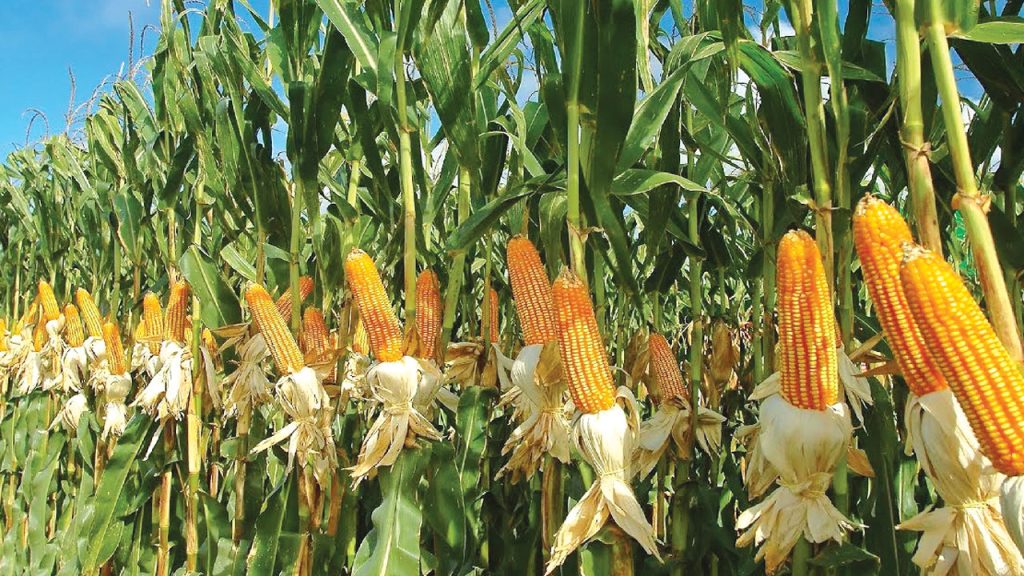Several days ago, a team of 8 researchers from the Sokoine University of Agriculture visited the Rukwa region to visit big maize farmers in the Rukwa Region. The trip was part of the Integrated IoT, AI, and Swahili Chatbot: Agri-Tech Solution project. The key objective of this trip was to learn how maize is produced from the commercial end point by large-scale farmers having learned it from small-scale / smallholder farmers in Morogoro region.
Couple with intended visits to the local tourist attractions of Kalambo falls and Lake Tanganyika as part of domestic tourism, the main visit aimed to gather detailed knowledge and insights from large-scale maize farmers, focusing on their farming practices, market strategies, advanced methodologies, and other detailed information on issues related to the production business they are involved in.
All this information is going to be used for finetuning the ChatGPT model for a custom MkulimaGPT chatbot, a cutting-edge tool that has been designed to assist farmers in their daily agricultural activities by providing relevant and reliable information specifically on maize production.
It is well known that maize is the leading staple food produced in Tanzania with 6.7 million metric tons produced followed by Rice/Paddy, Cassava, Beans, sorghum, and millet. Rukwa as a region is among the leading regions in maize production in Tanzania. The team that traveled came from different professionals that ranged from agronomy, IT, Human resource management, Finance and Accounts, Hydrology as well as environmental science.
Read related: Sowing Seeds of Resilience: Tanzania’s Agricultural Adaptations to Climate Change.
With their experience and knowledge, the farmers visited were engaged from all these angles to ensure a comprehensive and robust learning trip and information collection, leverage the latest technology, and tap into experienced farmers’ wisdom to revolutionize farming practices in Tanzania and beyond. It should be known that almost all team members had never visited Rukwa region before and had not visited any big maize farm i.e. 50 hectares and above which could tell the level of enthusiasm that all the team members had.
Being a six-day trip, the plan was to visit one or two farms daily due to logistic issues and ensure the team had enough time to learn. Scheduling the visit in ascending order i.e. starting with relatively smaller farm owners (below 200 hectares) to the largest maize production owner (over 1000 hectares), allowed us to learn progressively and saw definite changes in production, management, and of course.
The team’s abstract knowledge from small-scale farmers experience in the MkulimaGPT workshop filled the team with information on the practices in farm preparation, seed selection, sowing, and farm management on the plants’ nutrition, pest, and disease management, as well as post-harvest at a smaller scale. Key insights involved a common spacing of 30cm in a row and 45 between two rows with a max output of 15 bags in an acre.
Also, read Unlocking Potential: Women in Tanzanian Agriculture.
Being a common spacing would give a plant population of around 10,000. This detail is coupled with other normal management practices that include weeding, and pesticide application, especially on the common armyworms that are obnoxious on maize crops nationally.
To our surprise, we learned that the common practice of maize on the sowing space was 20cm between rows in a 70m*70m area which leads to double the plant population of maize plants. This allows the farmer to harvest double the harvest size compared to the normal harvest known. This is why a farmer in Rukwa would harvest around 20 -30 bags per hectare. To obtain this, farmers prepare their farms around July and sow their seeds around October to November.
Due to being a high-altitude region, the maize takes more than 4 months to mature due to the cold conditions in the area. This lengthy maturity period is associated with a slow growth process which makes the produced maize grains to have a relatively heavier grain weight compared to other maize produced in other middle and low altitude areas.
Of course, the grain weight is also affected by the variety of maize used in the field. Nevertheless, the number of rains in the area allow the farmers to have enough amount of moisture required by the plants to grow from the vegetative to the reproductive stage. A notable difference between the large farmers in Rukwa and those we know elsewhere involved the use of technology in maize production.
While some of the farmers we visited were involved in contracultural maize seeds production and others in commercial maize, the use of machines such as planters, pivot irrigation systems, land levelling equipment, and tractors, respectively, reflected the outcome on paper, as well as word of mouth of the produce from all farms, visited. A fact will not be left out that several farmers still use animal-fixed ploughs and hand hoes for weeding, especially when pesticides show no efficiency.
On our visit to the most developed farm in our trip, we learned the concept of no-tillage as a means to ensure the soil microbes are preserved in the soil for the plant and soil health. This goes against the most common practices that involve land tillage before seed sowing which leaves the soil bare and kills s number of soil microorganisms hence affecting the soil health and productivity in the long run.
In addition to that, the application of herbicides following a 21-day alternation between the seed sowing and herbicide application to ensure that the maize crop grows as the herbs die allowing effective management and eliminating the need for tillage to kill weeds before seed sowing.
Also, Transforming Agriculture: Strategies for Addressing Food Production Crisis in East Africa.




